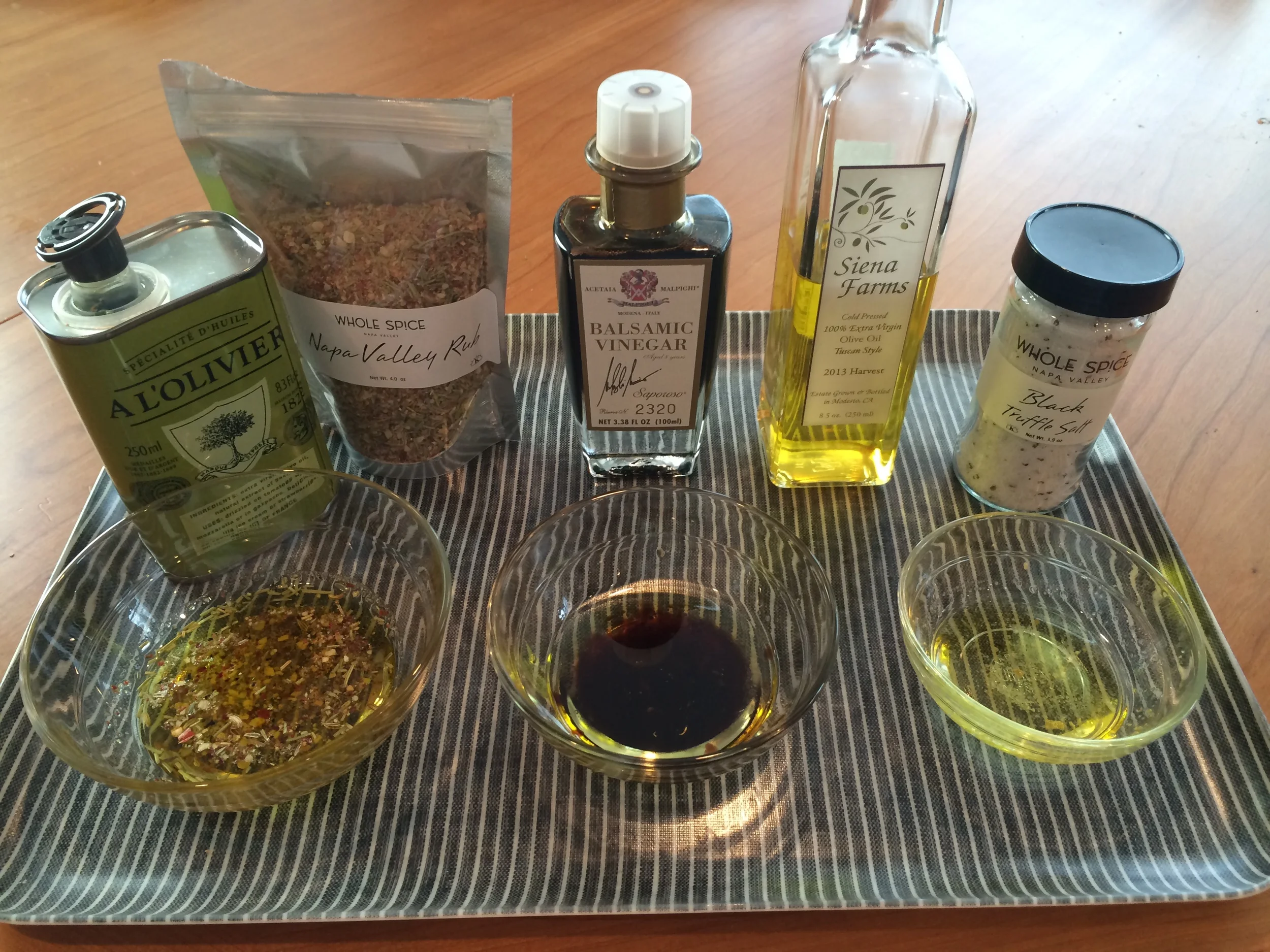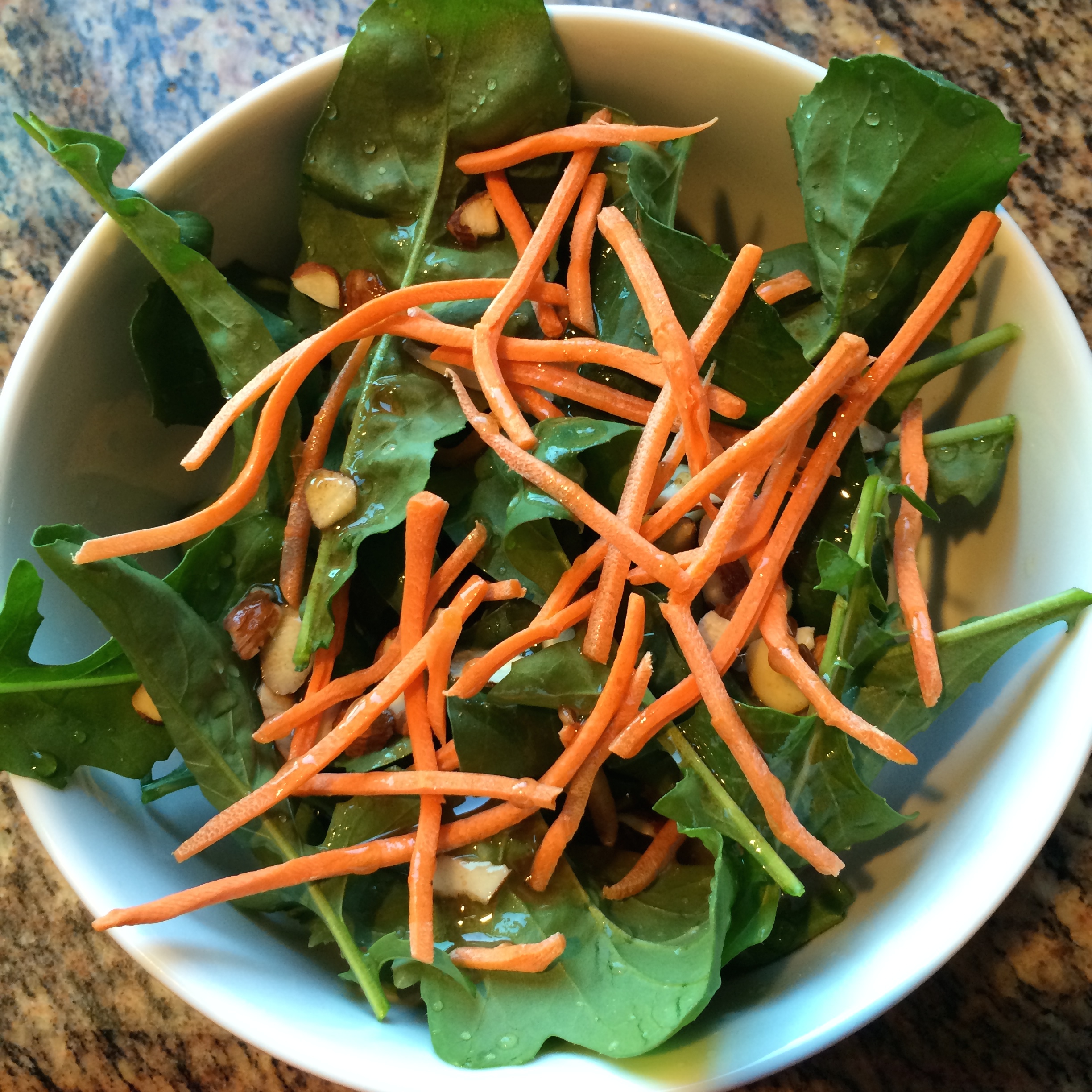Notes on the beef bowl:
I am sad I did not get a final shot of the beef bowl. There really were too many things happening in the kitchen. The instructions for cooking this dish are fairly similar to the chicken except for the reserved egg and the covering with saran wrap - omit both of those steps. My mom noted that five eggs for three people was not enough for this dish and said she should've added one more (we used two in the chicken bowl just for me). The egg and sauce are really important parts of both dishes and I would not skimp on either.
Things I learned from this recipe:
Asian moms are like the mythical unicorn. They possess (cooking) powers you can't understand.
Would I make this recipe again?:
Definitely
The recipe (if you need a step-by-step)
Miso Soup:
Miso soup. Miso. Soup. It's served at every teriyaki and sushi place around. It's salty, it's tasteless, it has tofu, it as a green onion or two. Miso soup really is so much more. It, like many things I'm realizing in the Japanese cuisine, like a light hand when making it. I made this a couple weeks ago for a party and it turned out great and got praise from every single person who tried it. I of course had consulted my mom on tips you cannot find on the carton. I decided to make it again for tonight's meal since I did not write about it back then.
The first most important tip is you cannot add miso to bowling water. You must bring the water to a bowl and then have it simmer down before adding it. Next, when adding the miso, I add it in tablespoon increments. I also add it via a small strainer so the paste gets absorbed into the water rather than dumped in. This is a step that most people do not know about and really effects the the taste. Please don't ask me how because I don't know. All I can say is "my mom told me to do it this way". For this version of miso we added baby bok choy and since the ends are quite tough I put them in before the miso paste to give them a chance to soften up. After the paste was added, I put the tofu and snap peas (cut in half) in. At this point, you must check to make sure the water has not come back to a bowl because the miso should never be boiling. A perfect simmer really is the best.
A cheat I used for this was buying a miso paste that already has dashi included. This is another secret ingredient you need to add to miso in order for the flavor to come out. You can read about this tip on the internet but when buying it al the store dashi generally comes in a box in kanji so you might miss it. My tip, buy the paste with the dashi already included. It tastes great, and it's one less step to worry about.









































